1. Understanding the Enemy: Acidic Erosion
First, let’s break down how acidic drinks attack enamel. Drinks with a pH below 5.5 dissolve crystals in the enamel, causing mineral loss. This leads to thinning enamel, increased sensitivity, yellowing, or cavities as underlying dentin gets exposed .
Real-world habits—like sipping cold brew all day, holding soda in your mouth, or brushing right after a citrus beverage—make the damage worse . That’s why personalized plans need to assess not just what you drink, but how and when.
2. Crafting Personalized Habits
No two people start in the same place, so solutions shouldn’t be the same either. Imagine two patients:
-
Emma, a teenager who downs energy drinks during sports and brushes right after.
-
Marc, a night-shift worker who grazes on coffee and pastries overnight.
An individualized plan would:
A. Adjust Drink Behavior
-
Teach Emma to use a straw, give drinks a quick pass instead of lingering, and wait at least 30 minutes before brushing aetc.af.mil+1researchgate.net+1absolute-dental.co.uk.
-
Encourage Marc to rinse with water after coffee, chew sugar‑free gum to boost saliva, and swap pastries for enamel‑friendly snacks like cheese.
B. Recommend Protective Products
Based on each patient’s oral chemistry:
-
Topical fluoride gels or varnishes strengthen enamel and make it more resistant to acid blog.deltadentalmn.org+5en.wikipedia.org+5absolute-dental.co.uk+5.
-
Remineralizing toothpaste with casein phosphopeptide-amorphous calcium phosphate (CPP‑ACP) can help reverse early erosion.
C. Adjust Visit Frequency & Interventions
-
If Emma shows early signs of bleaching or sensitivity, schedule 3‑month follow‑ups with fluoride varnish.
-
Marc may need dietary counselling or sealants on vulnerable first molars.
3. Improving Compliance Through Personalization
People follow rules they feel are theirs—not ones imposed on them. Personalized care enhances shared decision-making and ownership:
-
Storytelling works: Show progress through before-and-after photos, sensitivity diaries, or enamel thickness scans.
-
Goal setting: Emma might aim to keep a sensitivity score below 2/10 for a month; Marc could reduce seepage of coffee‐induced discomfort.
-
Make it easy: Instead of “avoid soda”—it becomes “swap your evening soda once a week for water.”
Concrete, personalized goals help patients stay on track and feel in control.
4. Better Treatment Outcomes with Custom Plans
A tailored approach isn’t just more agreeable—it’s more effective. When people stick to their plan:
-
Slower enamel loss: Regular use of fluoride and enamel‐friendly habits reduces mineral loss by 30–50% en.wikipedia.org+1kakossmiles.com+1.
-
Early reversal of damage: Early-stage erosion (white spots or slight thinning) can remineralize with topical fluorides and calcium-rich products.
-
Less invasive dentistry: Stronger enamel means fewer fillings, crowns, or sensitivity treatments later.
5. Sustaining Long‑Term Oral Health
Personalized care + patient empowerment = long-term success. Beyond enamel, such plans cover:
-
Dietary habits: Gradually shifting toward water/milk while keeping satisfying favorites like lemonade in moderation.
-
Behavioral reinforcement: Repeated guidance and positive feedback during each visit reinforce beneficial daily habits.
-
Continuous adaptation: As aging, lifestyle changes, or new medical conditions emerge (like dry mouth), the care plan evolves.
Think of it as an ever-optimizing roadmap—not a static list of “dos and don’ts.”
Conclusion
Acidic drinks may be a part of life—but they don’t have to be a dental downfall. With individualized care plans, we examine your unique habits, habits, and biology to create a protective strategy that works for you. You gain knowledge, tools, and clear, personalized steps—making healthy habits feel possible, not punitive. The result? Less enamel erosion, fewer treatments, and a confident, cavity‑resistant smile long into the future.
FAQ Section
1. What drinks are most harmful to enamel?
Acidic drinks with pH under 5.5—like sodas, citrus juices, sports/energy drinks, kombucha, coffee and tea—pose the greatest risk vasseydentalpartners.com+4en.wikipedia.org+4researchgate.net+4absolute-dental.co.uk+2blog.deltadentalmn.org+2vasseydentalpartners.com+2.
2. Can enamel remineralize once damaged?
Early-stage enamel erosion can be partially reversed using fluoride treatments, calcium-phosphate pastes, and saliva stimulation—but advanced erosion isn’t reversible.
3. How long should I wait after acidic drinks to brush my teeth?
At least 30 minutes to allow saliva to neutralize acids and harden softened enamel absolute-dental.co.uk+1vasseydentalpartners.com+1.
4. Are drinks “safe” if consumed with meals?
Yes—having acidic drinks alongside meals and swishing with water afterward reduces enamel exposure time.
5. Why do I need a tailored dental plan—can’t everyone use the same tips?
Everyone’s diet, saliva flow, brushing habits, dental history, and biology are unique. Customized plans target risk factors you actually experience, leading to better results and compliance.

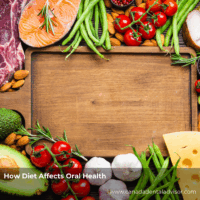


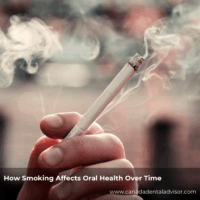


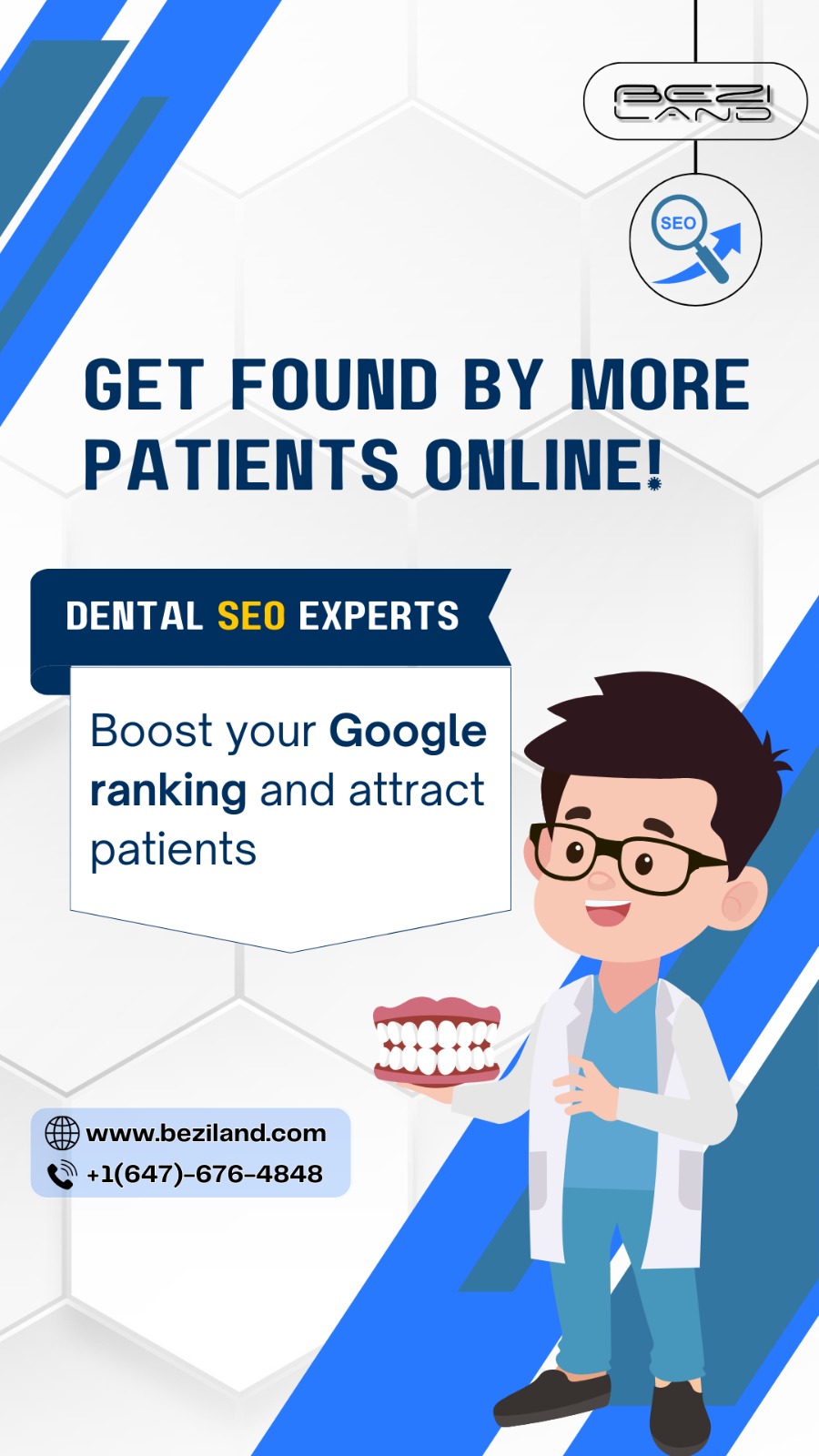
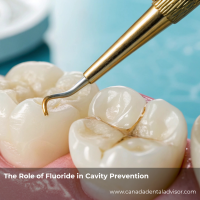
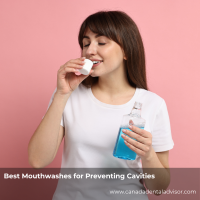

Leave a Reply